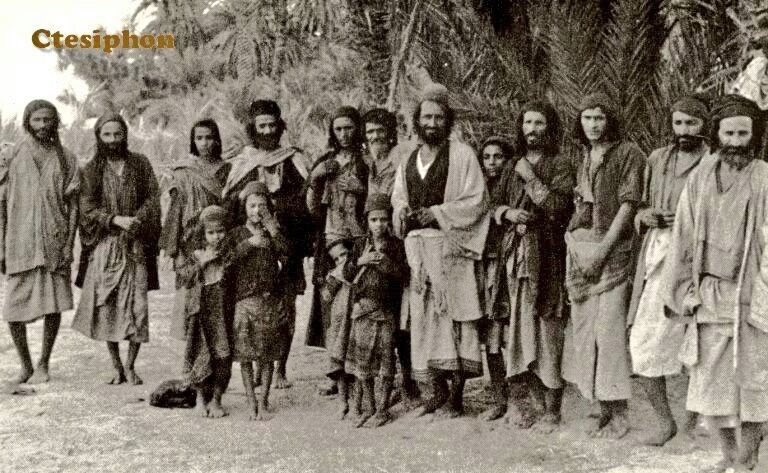
The history of Jews in Saudi Arabia is thousands of years old, but there has not been an established Jewish community in the country since the mid-1900s. Today the Saudi government still does not officially recognize the State of Israel.
Under Saudi law Islam is the only religion allowed to be practiced publicly in the country and because of this there has been virtually zero Jewish activity in the kingdom for the last 100 years.
Nevertheless, there is still a small group of Jews living in Saudi Arabia and there is even a rabbi who calls himself the “chief rabbi” of Saudi Arabia.
An ancient Jewish kingdom in Saudi Arabia
Some historians believe that Jewish history in Saudi Arabia can be traced as far back as to the First Temple Period, or c. 957 BCE. Jewish immigration to the Arabian Peninsula picked up in the 2nd century CE and four centuries later there were sizable Jewish communities in the Hejaz region living in and around the city of Medina. In fact, the famous Arab historian Al-Masudi wrote that the northern part of Hejaz was a dependency of the Kingdom of Judah (its capital, Jerusalem, was around 500 miles away) and modern historians say the area may have actually been an independent Jewish state.
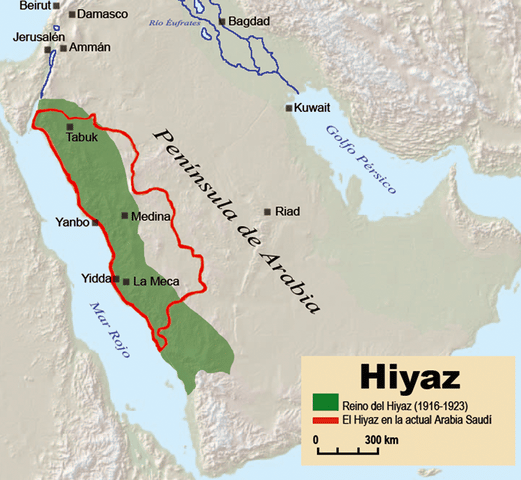
The Jews living in this area had Arabic names but spoke a distinctly Jewish dialect of the language. They mostly earned their living through agriculture, money lending, and trade in weapons and jewels.
Muhammad and the Jews
At the time of the arrival of Muhammad to Medina in 622 CE there were three main Jewish tribes living in the area pledging feudal loyalty to the larger neighboring Arab tribes. Muhammad found a region embroiled in a bloody civil war between the Arab clans with the Jewish tribes backing both sides of the conflict.
Muhammad brokered an uneasy pact between the clans, known as the Constitution of Medina, with the help of the Jewish tribes. Eventually the peace broke down and a series of uprisings took place. The Jewish tribes once again got caught up in the feuds, allying themselves with the different groups fighting against each other and with Muhammad forces.
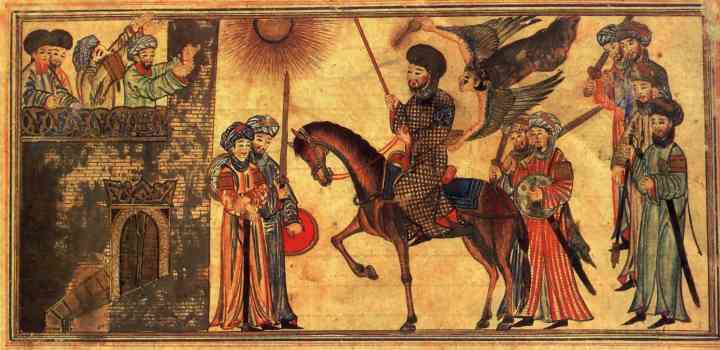
Muhammad, concerned about the Jewish tribes having too much independent power and influence over the warring parties, tried to rein in the Jewish population saying they were in violation of the Constitution of Medina. He ordered the assassination of one Jewish leader and then accused the same tribe of trying to assassinate him, going to war with them, forcing their surrender and ordering them to leave the region with only what they could carry.
Eventually Muhammad ordered the entire Jewish population in Medina to convert to Islam and those who did not (which was the vast majority) were conquered and either exiled, executed or enslaved.
Many of those who went into exile relocated to areas in what we consider today to be Yemen and Syria.
Saudi Jewish communities of the Middle Ages
Not all the Jews living in Saudi Arabia left after the rise of Islam. Rabbi Benjamin of Tudela traveled through the Arabian Peninsula on his way to the Holy Land from Spain between 1165 to 1173 CE and documented several Jewish communities in present-day Saudi Arabia as he was passing through.
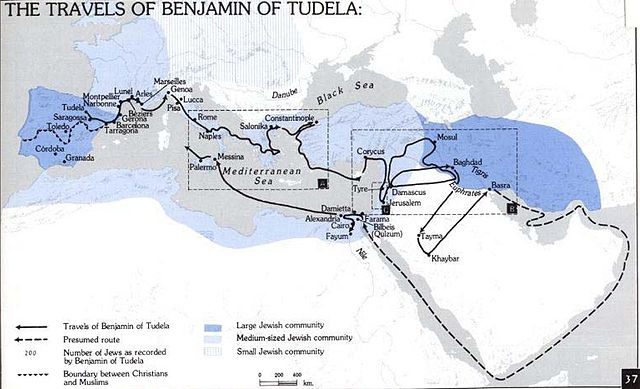
The rabbi described a Jewish community living in Tayma, in northwest Saudi Arabia, that was ruled by a Jewish prince. He also noted a Jewish community still living in Khaybar, 95 miles north of Medina, despite the expulsion of Jews in the region by Muhammad following the Battle of Khaybar in 628 CE. He also found a sizable Jewish community living in a town called “El Katif” which today is the modern-day city of Hofuf in the northern part of the Arabian Peninsula.
Jews in early present-day Saudi Arabia
The Kingdom of Saudi Arabia started to form in 1727 and in 1932 the country was united as one becoming what we know today as the country ruled by the House of Saud.
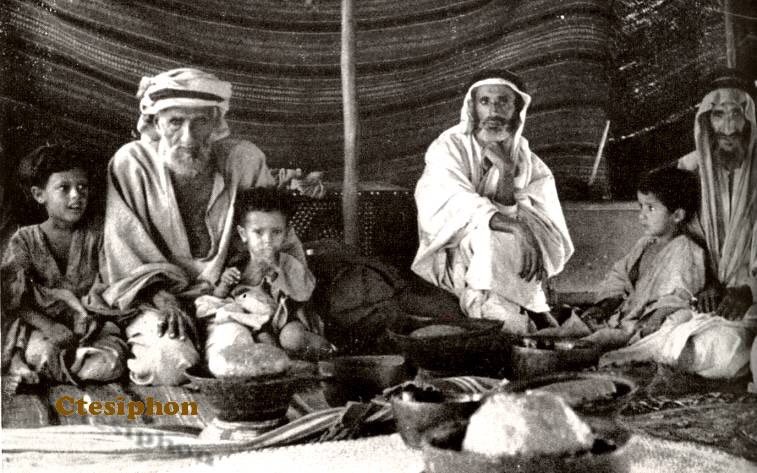
Around this time there was a small Jewish community living in the border city of Najran. According to tradition, the community of Narjan can trace their origin to the Ten Lost Tribes of Israel. Narjan was seized back from Yemen in 1934 one year after it was captured by Yemeni forces.

A photo believed to be showing members of the Narjan Jewish community in Saudi Arabia. (Source: Twitter)
Facing increasing persecution following the Saudi victory, the community made plans to leave and were eventually given permission by the local governor in September of 1949. Under the agreement the entire community of 600 had to leave in one day under escort by the Saudi Army to the border with Yemen. After hearing of their release, the Saudi king demanded they return but the Yemeni king refused. The community was then airlifted to Israel as part of Operation Magic Carpet which was currently underway at the time.
The status of Jews today in Saudi Arabia
Following the evacuation of the community in Narjan there were no Jews left living in Saudi Arabia and that continues to this very day. Official Saudi census records show zero Jewish people living in any Saudi territory.
Today it’s hard to pinpoint how many Jews live in Saudi Arabia– estimates range from dozens to thousands, but all are believed to be expats in the country for business reasons. In 2021 Rabbi Elie Abadie of the Jewish Council of the Emirates estimated the number to be at “a few dozen” adding that most are either American or European, but in 2022 Rabbi Yaakov Herzog, who calls himself the “chief rabbi of Saudi Arabia,” put the number at 3,000 (it’s impossible to verify Herzog’s estimate and he does not hold any official position within the Jewish community).
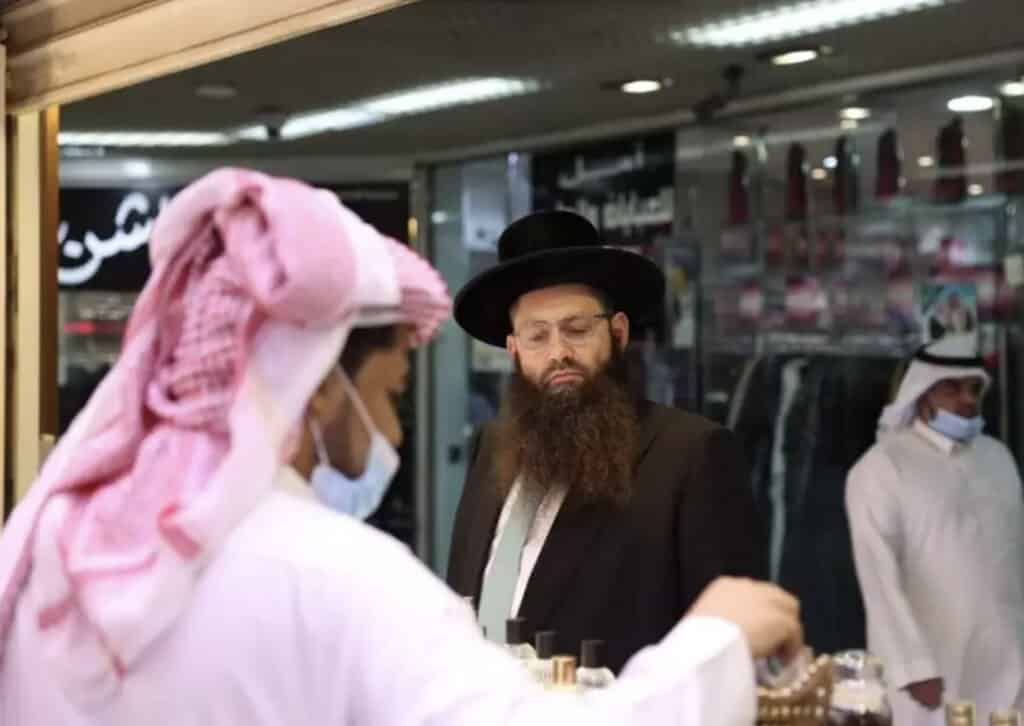
Up until the 1960s the Saudi-owned oil company Aramco had an official policy in place to discriminate against Jewish job applicants, preventing them from working in the country. In 1962 the New York Commission for Human Rights ruled that the oil firm “had illegally questioned job applications about their religion and had refused to hire Jewish applicants for its offices in New York City or for its oil field operations in Saudi Arabia.”
Many of the Jewish people living in Saudi Arabia today are believed to be working for Aramco either as employees or contractors.
Up to the 1970s foreigners wishing to work in Saudi Arabia had to sign an official affidavit attesting that they were not Jewish, till this day official government forms granting foreigners permission to enter or exit the kingdom still ask for the applicant’s religious affiliation. As of 2014 however, the government has granted Jewish workers permission to enter the country.
American Jewish troops stationed in Saudi Arabia during the First Gulf War were forbidden to practice their religion on Saudi soil and instead had to attend services on naval warships (their Christian counterparts however were given special permission to attend limited services on land). According to news reports at the time, Jewish troops were also encouraged to change their religious affiliation to “non-denominational” on their dog tags to avoid “giving offense.”
In June, the U.S. Special Envoy to Monitor and Combat Antisemitism Ambassador Deborah Lipstadt visited Saudi Arabia, her first international trip since taking office.
#Riyadh | Vice Minister of Foreign Affairs H.E @W_Elkhereiji receives the #US Special Envoy to Monitor and Combat Antisemitism, Amb. Deborah Lipstadt, during which they discussed ways to enhance cooperation in combating extremist ideology in all its forms and manifestations. pic.twitter.com/K0p2nVH3hM
— Foreign Ministry 🇸🇦 (@KSAmofaEN) June 29, 2022
During her meetings Saudi officials said they eliminated antisemitic tropes from their school textbooks and acknowledged more needed to be done.
“When you’re dealing with topics such as antisemitism, what you want to see is movements in the right direction, she told the Jerusalem Post. “I saw amongst many of the people I met movement in the right direction.”
“I’m overwhelmed by the changes Saudi Arabia is undertaking”: White House envoy for antisemitism Deborah Lipstadt (@StateSEAS) conducts a roundtable discussion @ArabNews HQ https://t.co/vcNbK4amKk pic.twitter.com/Yp7zaMltVn
— Arab News (@arabnews) June 28, 2022
“I’m not naive to think everything is all solved and everything is terrific, but I saw that,” she added.
Saudi Arabia and Israel
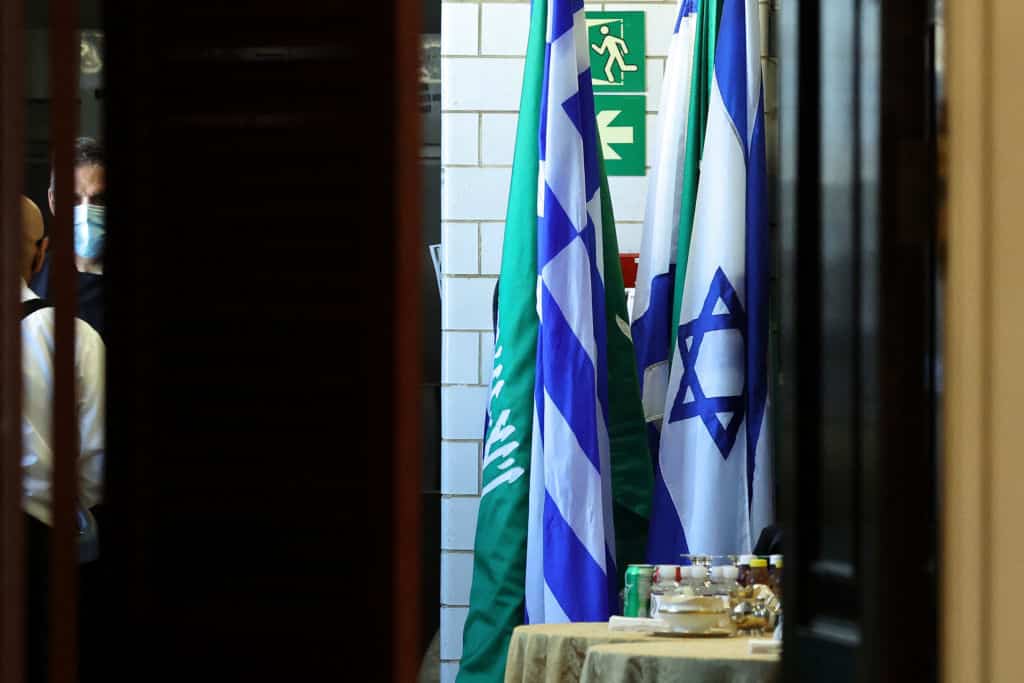
Saudi Arabia still does not have diplomatic ties with Israel. Officially Israeli passports are banned and anyone with an Israeli stamp in their passport are also forbidden entry (Israel stopped stamping passports in 2013). Despite this, Israeli citizens report that they have been able to enter Saudi Arabia under a new special visa program started in 2020.
There is no official trade between Israel and Saudi Arabia but Israeli goods have been sold in Saudi stores since 2005 and in early July a group of 50 Jewish business leaders with ties to Israel visited the holy city of Medina. The goal of the visit was to build ties between the Israeli and Saudi business communities. The group also reported that the Saudi government removed “Muslim only” signs during their visit.
In a first, President Joe Biden is leaving Israel directly for Saudi Arabia, a move once unheard of as planes leaving from Israel are banned from landing in Saudi Arabia. In fact, on the day of Biden’s arrival, the Saudi government announced that its airspace was open to all civilian aircraft.
Biden said his trip will “be a small symbol of the budding relations and steps toward normalization between Israel and the Arab world, which my administration is working to deepen and expand,” in an op-ed published by the Washington Post.
(In 2021 a private jet flying from Israel was the first Israeli plane ever to land in Saudi Arabia and planes flying to and from Israel in the region are now allowed to use Saudi airspace.)
Normalization of relations between Israel and Saudi Arabia is still a long time coming and official contact between the two countries is very limited and usually done between proxies.
When asked whether a peace deal between Saudi Arabia and Israel would be announced during or following President Biden’s trip, U.S. Ambassador to Israel Thomas Nides answered bluntly:
“We’re not going to be announcing normalization with Saudi Arabia on this trip. What we are going to do is show the importance of regional security.”
Originally Published Jul 11, 2022 09:44AM EDT
